Dr. Fakih on CNN: How Far will Couples go to Conceive?
Friday, May 6, 2005
CNN Thursday, June 17, 2004
Sharon and Paul Saarinen credit the experimental cytoplasmic transfer procedure for their daughter Alana.
An experimental fertility treatment transferring part of a woman’s egg into another’s raised hopes among millions of infertile Americans, but U.S. government concerns about the procedure’s safety have forced those seeking it to travel to other countries. By 2000, Sharon and Paul Saarinen of West Bloomfield Township, Michigan, had spent 10 years and gone through four in vitro fertilization attempts without success. Doctors told Sharon Saarinen she was premenopausal and her eggs were not vital enough to create a healthy embryo. She said she was told nothing more could be done. “It was so devastating, but in my heart I knew I was going to have a child,” she said. “So I knew there had to be another option; I wouldn’t accept no.” That option was with Dr. Michael Fakih, a fertility expert who was willing to try a controversial treatment called cytoplasmic transfer. Taking the cytoplasm — the jellylike soup that holds a cell’s contents — from a healthy donor egg, Fakih implanted it into Sharon Saarinen’s weaker egg to help it survive. Once the egg was fertilized, it was implanted in her uterus and she was pregnant. “I was home alone and just broke down and started crying,” she recalled. “I waited 10 years to hear that.” But two years later, when the Saarinens wanted a sibling for daughter Alana, they were told that cytoplasmic transfer, along with some other experimental procedures, had been banned in the United States.
In cytoplasmic transfer, the donor plasm contains mitochondrial DNA that gives the egg the energy to survive but does not determine any physical traits. “Ninety-nine percent of the genetic material from the embryo basically is from the patient herself, and then maybe 1 percent is from the third person,” Fakih said. Yet some doctors said chromosomal abnormalities and birth defects are possible if there are three people’s DNA in one embryo. These concerns spurred the U.S. government to ban the procedure in 2001. Federal officials decided that any method involving the transfer of genetic materials without the fusion of egg and sperm requires the oversight and involvement of the Food and Drug Administration. Kathy Hudson, director of the Genetics and Public Policy Center at Johns Hopkins University, said the repercussions of this fertility treatment are unknown. “There have been no reports published of the studies to follow the health and the development of those children,” Hudson said. “And what we don’t know is: What about the children who weren’t born?” Controversial procedure Fakih said the donor eggs are carefully tested and that all of the seven babies he has delivered from this procedure are healthy. But the FDA said that rigorous testing would be needed to proceed with cytoplasmic transfer and get the agency’s approval. But Fakih disagrees. “Most of these women are in their late 30s, and they really don’t have time,” he said. “Time is really precious, and they don’t have the time to wait for approval.” As cell and reproductive technology rapidly advances, debate remains about how much humans should interfere with nature.
For the Saarinens’ second attempt, Fakih agreed to do the procedure in his clinic in Lebanon, where the treatment is legal. The couple decided the risk was worth it, and they spent another $10,000 and traveled half way across the world to try the procedure again. But this time, it didn’t work. “It’s a drive, it’s almost a disease — you can’t get it out of your head [to have a baby],” Sharon Saarinen said. “It’s only these last couple of months I’ve reconciled with that in my heart. I have one child. I have to be happy with that.” Hudson said that one day such procedures may become acceptable in the United States country but that guidelines are needed for the rapid changes in technology and ethical questions remain. “There have been from the beginning of in vitro fertilization 25 years ago to the present time incremental technological advances that have altered the way in which it’s possible to have children,” she said. “[But] is there a limit or line that individuals or we as a society would like to draw that we don’t want to [cross]? … And what kind of future do we want to have with regard to how we make babies and what babies we make?”









